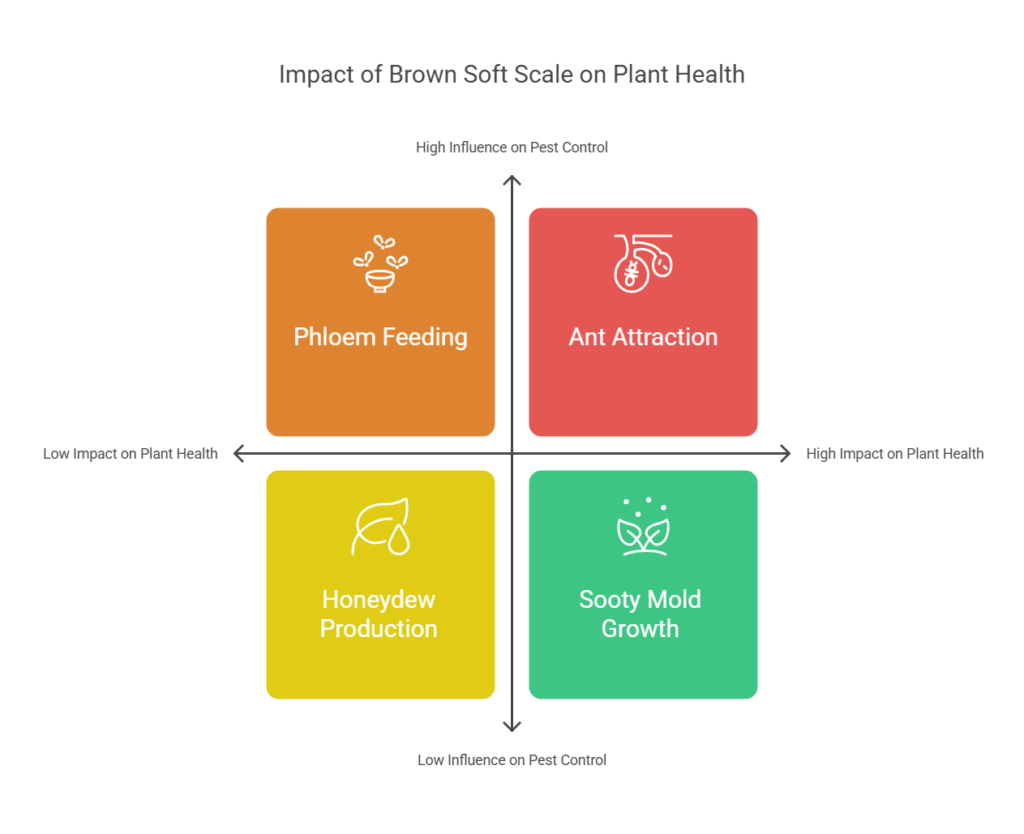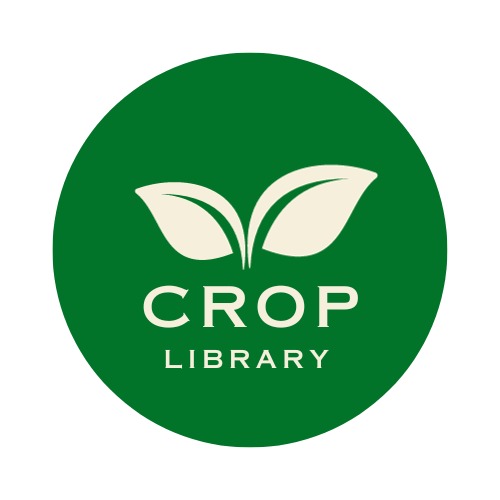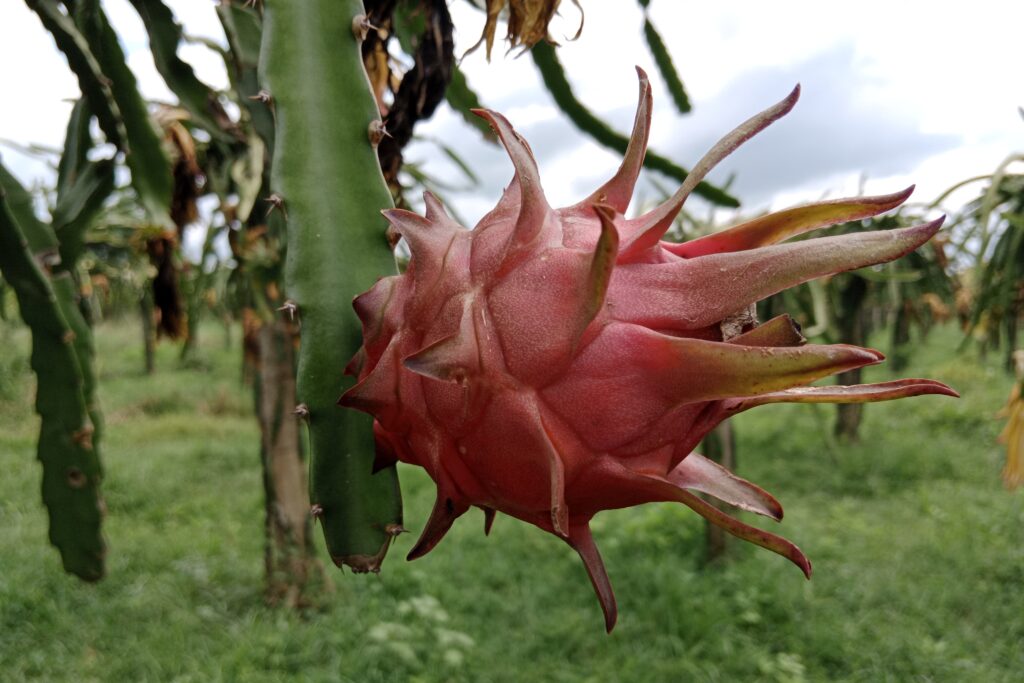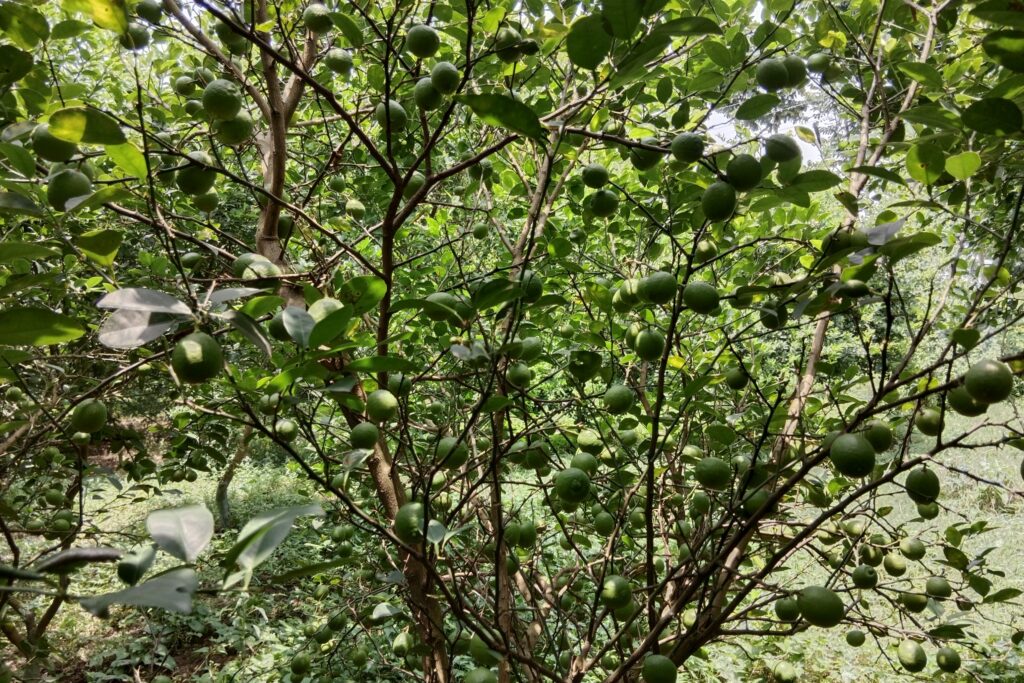Brown Soft Scale: A Significant Agricultural and Ornamental Pest
The brown soft scale (Coccus hesperidum) is a widespread sap-feeding insect belonging to the Coccidae family (soft scales, formerly Lecaniidae). It is one of the most prevalent scale insect pests, particularly affecting greenhouse ornamentals, fruit trees, and woody plants in warm, humid environments. This blog post delves into the morphological characteristics, reproductive biology, feeding habits, distribution, economic significance, and management strategies for this persistent pest.
Morphological Characteristics of Brown Soft Scale (Coccus hesperidum)
Understanding the physical features of the brown soft scale is essential for identifying and managing infestations effectively. Below are the key morphological characteristics:
Size and Shape
- Female scales are small, measuring 3.5–5.0 mm in length, which makes them inconspicuous to the untrained eye.
- Their bodies are very flat and oval, allowing them to blend seamlessly with plant surfaces such as leaves, stems, and bark. This flatness often makes early detection difficult, especially in dense foliage or on textured plant surfaces.
Coloration and Markings
- The color of the scales varies, ranging from translucent yellow to brown. This variation in color can sometimes make them appear as part of the plant, adding to the challenge of spotting them.
- A distinct median longitudinal ridge often runs down the back of the scale, accompanied by rib-like markings, which are key identifying features. These markings give the pest a textured appearance that differentiates it from other similar insects.
Reproductive Biology and Life Cycle of Brown Soft Scale (Coccus hesperidum)
The reproductive biology and life cycle of Coccus hesperidum contribute significantly to its status as a persistent and widespread pest. Its unique reproductive strategies and behaviors enable rapid population growth and colonization of host plants.
Viviparous Reproduction
Unlike many other scale insects that lay eggs, the brown soft scale exhibits viviparity, meaning females give birth to live nymphs rather than laying eggs. This mode of reproduction eliminates the egg stage, accelerating the lifecycle and allowing nymphs to begin feeding and establishing colonies almost immediately after birth.
Parthenogenetic Development
- The majority of Coccus hesperidum populations reproduce asexually through parthenogenesis, where females produce offspring without mating.
- This reproductive strategy ensures that even in the absence of males, populations can grow and thrive.
- Each female can produce up to 1,000 nymphs over a span of 2–3 months, contributing to exponential population growth and making infestations challenging to control.
Nymph Behavior
- The immature nymphs, known as crawlers, are the most mobile stage of the pest’s life cycle.
- After birth, these crawlers migrate to suitable feeding sites, often along the midribs and major veins of leaves and stems, where they insert their mouthparts to begin feeding on sap.
- Nymphs frequently aggregate into dense colonies, which can cover large areas of the host plant.
- These colonies are often attended by ants, which are attracted to the honeydew excreted by the scales. In exchange for the sugary substance, ants protect the scale insects from natural predators and parasitoids, further enhancing the pest’s survival and proliferation.
Impact of Reproductive Traits on Management
The viviparous and parthenogenetic nature of Coccus hesperidum enables rapid establishment and resilience in various environments, particularly in greenhouses and warm, humid climates. Understanding these reproductive and behavioral traits is critical for developing effective pest management strategies, as they highlight the importance of early intervention to curb population growth before colonies become widespread.
Also Read About: Soft Scale Insects
Feeding Habits and Impact on Plants: Brown Soft Scale
The feeding behavior of the brown soft scale (Coccus hesperidum) and its by-products create significant challenges for plant health, aesthetics, and productivity. Below is an expanded discussion on its feeding habits and the resulting impact on plants.

Phloem Feeding
The brown soft scale feeds by using its specialized piercing-sucking mouthparts to extract sap-rich nutrients from the plant’s vascular tissue (phloem). This constant feeding depletes the plant of essential nutrients required for growth and energy storage, resulting in reduced vigor, stunted growth, and increased vulnerability to secondary infections and other stress factors.
Honeydew Production and Sooty Mold
As the scale feeds, it excretes honeydew, a sugary, sticky liquid by-product of phloem sap digestion. This honeydew has several negative consequences:
a). Ant Attraction
Ants are attracted to the honeydew excreted by brown soft scales, using it as a food source. In return, they “tend” to the scales, protecting them from natural predators and parasitoids, which intensifies infestations and complicates pest control efforts.
B). Sooty Mold Growth
Honeydew deposits from brown soft scale infestations create an ideal substrate for the growth of sooty mold, a black fungal coating that damages plants by spoiling their aesthetic appeal and reducing their marketability, particularly in ornamentals. Additionally, the mold blocks sunlight, interfering with photosynthesis and hindering the plant’s overall growth and development.
Host Range
- Coccus hesperidum is highly polyphagous, meaning it has a broad host range and can feed on numerous plant species, making it a versatile and persistent pest.
- Its adaptability to diverse host plants exacerbates its impact on both agricultural and ornamental settings.
Greenhouses
In controlled environments like greenhouses, the warm, humid conditions favor rapid reproduction and spread. Commonly affected plants include ferns, orchids, and decorative foliage plants.
Outdoor Plants
In warm and humid climates, the brown soft scale infests a wide variety of outdoor plants, including fruit trees such as citrus, avocados, and bananas, as well as ornamental plants like roses and hibiscus. These infestations can cause significant damage, leading to reduced crop yields, defoliation, and stunted growth in affected plants.
Cumulative Impact on Plants
The combined effects of nutrient loss, sooty mold growth, and ant-mediated protection of scales can severely compromise plant health and productivity. Affected plants often exhibit stunted growth, leaf yellowing, defoliation, and reduced market value, especially in ornamental species. For agricultural crops, infestations can result in lower yields and quality, leading to significant economic losses.
Recognizing these feeding habits and their consequences is crucial for timely intervention, as unmanaged infestations can escalate rapidly, especially in favorable environments like greenhouses and tropical regions.
Distribution & Economic Significance
Global Presence
Brown soft scale insect has a widespread global distribution, thriving in tropical, subtropical, and temperate regions. It is particularly problematic in greenhouse environments, where stable and controlled conditions allow it to survive and reproduce year-round. Unlike in outdoor settings, where natural predators and climatic fluctuations can help regulate its population, greenhouses provide an ideal microclimate that enables rapid infestations. This has made it a significant concern for commercial nurseries, horticultural industries, and farmers, leading to substantial economic losses due to crop damage and increased pest control costs.
Affected Crops and Ornamentals
This pest poses a serious threat to a wide variety of agricultural and ornamental plants, impacting both commercial production and home gardening.
Greenhouse Plants
Infestations on ferns, orchids, and decorative foliage plants lead to aesthetic damage, stunted growth, and reduced market value. Since these plants are primarily grown for their visual appeal, even minor damage can make them unsellable.
Fruit Trees
Key crops such as citrus, avocados, and bananas are highly susceptible, experiencing yield reductions, blemished fruits, and compromised marketability. Severe infestations can weaken trees over time, affecting their long-term productivity.
Ornamental Plants
Popular landscape and indoor plants, including roses, hibiscus, ficus, and magnolias, can suffer from leaf discoloration, defoliation, and general plant decline. Infestations often make these plants more vulnerable to secondary infections, reducing their lifespan and aesthetic value.
The economic impact of this pest extends beyond direct crop losses, as growers must invest in pesticides, biological controls, and other management strategies to mitigate damage. Additionally, quarantine restrictions and trade limitations may be imposed in affected areas, further affecting global agricultural markets and plant trade.
Pest Management Strategies
Controlling Coccus hesperidum requires a multi-pronged approach, incorporating biological, cultural, and chemical controls.
Biological Control
Natural Predators & Parasitoids
Ladybird beetles (Coccinellidae) such as Cryptolaemus montrouzieri actively feed on brown soft scales. Parasitic wasps (Metaphycus helvolus and Coccophagus lycimnia) lay eggs inside scales, reducing populations naturally.
Ant Control
Since ants protect scale insects from predators, managing ant populations (e.g., using bait traps) can enhance biological control efforts.
Cultural Control
Monitoring and Pruning
Regular inspection of greenhouse plants and outdoor ornamentals can help detect infestations early. Pruning infested branches removes large colonies and prevents spread.
Humidity Control
Since brown soft scales thrive in humid environments, improving air circulation in greenhouses can limit their spread.
Chemical Control
Horticultural Oils & Insecticidal Soaps
These are effective against nymphs and do not harm beneficial insects when applied correctly.
Systemic Insecticides (e.g., neonicotinoids like imidacloprid)
Absorbed by the plant and ingested by feeding scales, effectively controlling infestations. It should be used cautiously to minimize harm to pollinators and natural enemies.
Conclusion
The brown soft scale (Coccus hesperidum) is a highly adaptable and widespread pest, particularly affecting greenhouse ornamentals and outdoor plants in warm climates. While it can cause significant plant stress through sap-feeding, honeydew excretion, and sooty mold development, its populations can be effectively managed through integrated pest control strategies that prioritize biological control, cultural practices, and targeted pesticide use. Proper monitoring and management are essential to minimize economic losses while preserving plant health and ecosystem balance.



Pingback: Mussel Scale (Lepidosaphes ulmi): A Significant Armored Scale Pest -
This blog is incredibly informative! It explains brown soft scale pests clearly and provides effective control methods. I’ll definitely be using these tips to protect my plants from damage.
Your article helped me a lot, is there any more related content? Thanks!